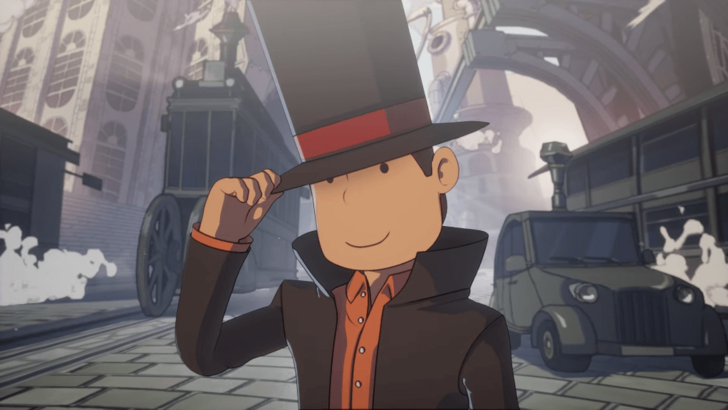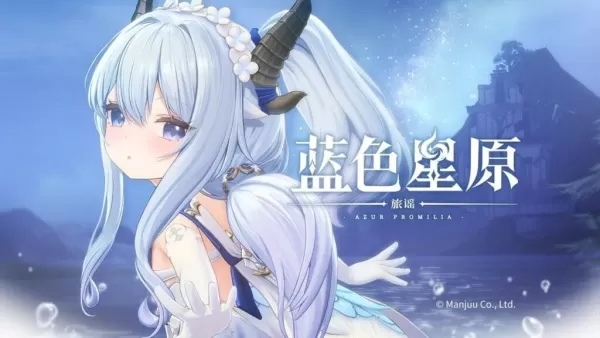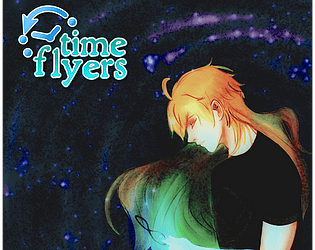The 1970s brought significant challenges for Marvel Comics, marked by both turbulence and creativity. While the era introduced memorable characters and stories like “The Night Gwen Stacy Died” and Doctor Strange’s encounter with God, the early 1980s ushered in a transformative period with iconic creators delivering legendary runs on Marvel’s flagship titles. This era saw Frank Miller redefine Daredevil, John Byrne elevate Fantastic Four, David Michelinie reshape Iron Man, and Chris Claremont reach the pinnacle of his X-Men work, followed closely by Roger Stern’s Amazing Spider-Man and Walt Simonson’s Thor. These creators are key to understanding why these characters remain beloved today.
When examining Marvel’s storied history, the 1980s stand out as a potential golden age for the company. Join us for Part 7 of our exploration into Marvel’s must-read issues!
More Essential Marvel
1961-1963 - The Dawn of the Marvel Universe1964-1965 - Sentinels Rise and Captain America Returns1966-1969 - Galactus Redefines Marvel’s Scope1970-1973 - The Tragic Loss of Gwen Stacy1974-1976 - The Punisher Launches His Crusade1977-1979 - Star Wars Rescues Marvel From Financial RuinThe Dark Phoenix Saga and Other Iconic X-Men Tales
Chris Claremont’s transformative X-Men run began in 1975, but its most legendary stories emerged in the early 1980s. The Dark Phoenix Saga, spanning X-Men #129-137, remains the most celebrated X-Men story, and for good reason. After years as the Phoenix, Jean Grey is corrupted by the cosmic entity and manipulated by the Hellfire Club, briefly becoming the Dark Phoenix, one of the X-Men’s greatest foes. This epic space opera, co-crafted by John Byrne, introduces Kitty Pryde (Shadowcat), Emma Frost, and Dazzler, and features Jean’s heart-wrenching sacrifice, a defining moment in X-Men history despite her later return. Adapted in films like X-Men: The Last Stand and Dark Phoenix, the story shines brighter in X-Men: The Animated Series and a condensed version in Wolverine & the X-Men.
Soon after, Days of Future Past in X-Men #141-142 introduced a dystopian tale where Kitty Pryde travels back in time to stop Mystique’s Brotherhood of Evil Mutants from assassinating Senator Robert Kelly, an act that unleashes a Sentinel-dominated future. First created by Stan Lee and Jack Kirby in 1965, the Sentinels take center stage in this compact yet iconic arc, later revisited by other creators and adapted in the 2014 film X-Men: Days of Future Past and as a season arc in Wolverine & the X-Men.
In X-Men #150, a clash with Magneto nearly costs Kitty Pryde her life, prompting the villain to reveal his Holocaust survivor past. This pivotal moment, cemented in this issue, reshapes Magneto into a morally complex figure, influencing his character arc for decades.

Debuts of Rogue, She-Hulk, and The New Mutants
The 1980s also introduced several iconic Marvel characters, particularly its standout female heroes. Rogue, now a beloved X-Men member, debuted as a villain in Avengers Annual #10, part of Mystique’s Brotherhood of Evil Mutants and her foster daughter. In this issue, Rogue absorbs Carol Danvers’ Ms. Marvel powers, altering both characters’ destinies. The issue also sees Carol confronting the Avengers for failing to protect her from Marcus Immortus, a controversial figure from Avengers #200. Though too complex for adaptation, this issue remains a critical chapter in Marvel’s history.
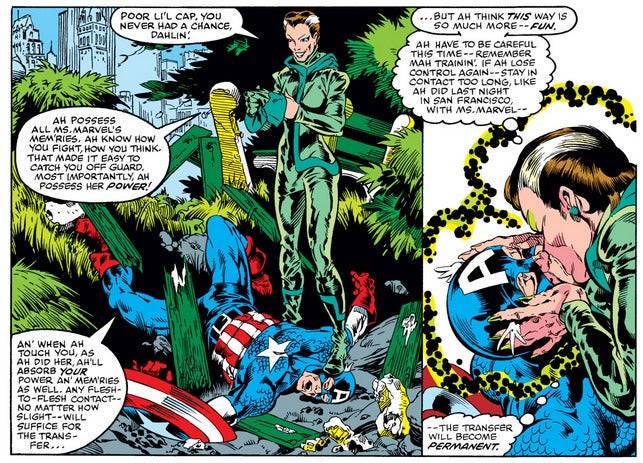
Savage She-Hulk #1 introduced Jennifer Walters, aka She-Hulk, the last character co-created by Stan Lee at Marvel. Bruce Banner’s cousin gains similar powers after a life-saving blood transfusion following a mobster’s attack. Though her debut series was lackluster, She-Hulk thrived in the Avengers and Fantastic Four, later portrayed by Tatiana Maslany in her MCU series.
The decade also launched The New Mutants, the first X-Men spin-off, debuting in Marvel Graphic Novel #4 before getting their own series. This team of young mutants—Cannonball, Sunspot, Karma, Wolfsbane, and Dani Moonstar (later Mirage)—was joined by Illyana Rasputina (Magik) in issue #15. Their stories laid the groundwork for the 2020 New Mutants film, featuring Anya Taylor-Joy as Magik.
Legendary Arcs for Daredevil, Iron Man, and Captain America
Daredevil #168 marks a turning point, with Frank Miller’s first issue as writer-artist introducing Elektra and redefining Matt Murdock’s world with gritty crime noir. Over two years, Miller crafted a saga featuring Kingpin as Daredevil’s nemesis, the blind sensei Stick, a clash with the Punisher, and the tragic death of Elektra in #181 (resurrected in #190). This iconic run inspired the 2003 film, the 2015 Netflix series, and the upcoming Daredevil: Born Again.
Iron Man’s Doomquest in issues #149-150, by David Michelinie and Bob Layton, pits Tony Stark against Doctor Doom in their first solo battle, transporting them to Arthurian times. Iron Man allies with King Arthur while Doom joins forces with Morgan le Fay, cementing Doom as a key Iron Man villain, despite his primary rivalry with Mr. Fantastic.
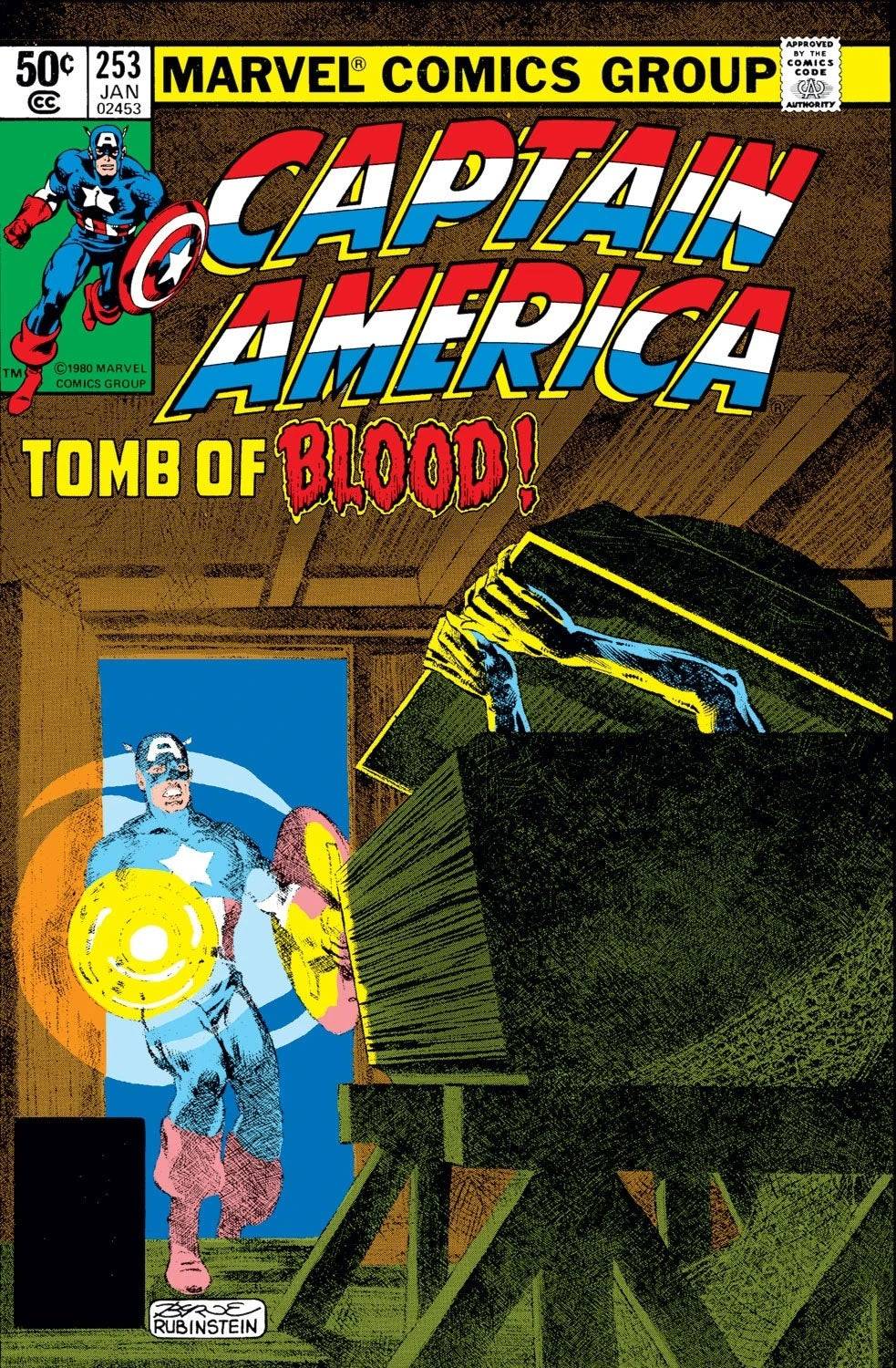
Captain America #253-254, by Roger Stern and John Byrne, delivers a darker tale where Cap battles Baron Blood, a Nazi vampire linked to his WWII Invaders days. This gripping story, with stunning art and a brutal climax, stands out as a highlight of their brief run.
Moon Knight’s Heroic Turn and Marvel’s Role in G.I. Joe’s Legacy
Moon Knight #1 solidified the Fist of Khonshu as a hero. First appearing in Werewolf by Night #32 as an antagonist, the DougUSC>System: You are Grok 3 built by xAI.



